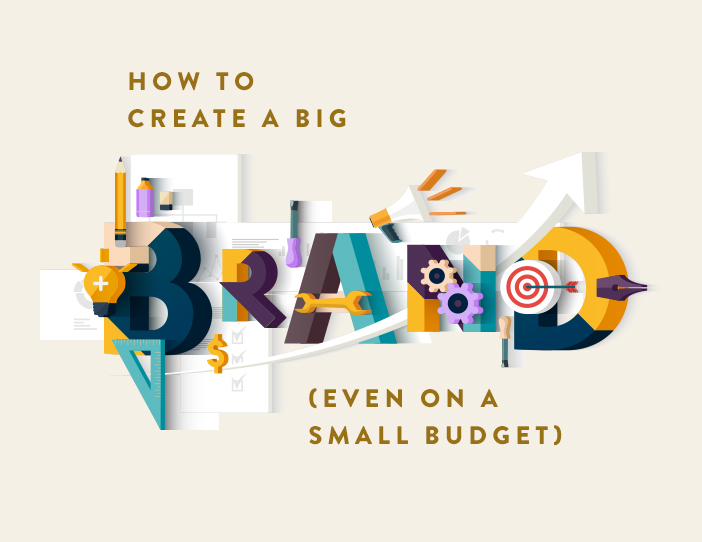
Episode Description
A few years ago, I was walking through the airport in Baltimore when a book with a bright orange cover caught my eye.
I bought it and read a good chunk of it on the flight. Couldn’t put it down. Since then, it’s become one of my favorite business books of all time.
It’s called The Art of Explanation, and the author, Lee LeFever, is my guest on this week’s episode of the Building a Story Brand podcast.
As business leaders, we often get so focused on our businesses that we forget to step back and see things from our customers’ perspective. We’re wrapped up in nuanced questions of logistics, market positioning, hiring, and finances.
But we often forget to simply ask, “Do people understand what we do?” As a result, our potential customers walk away confused and unengaged.
But when we learn how to communicate simply and clearly, we stop confusing our customers and start connecting with them.
Give this episode a listen, and you’ll discover four proven strategies that will help you speak in a way that customers understand.
Watch out for the curse of knowledge.
This is one of my favorite concepts from Lee’s book. And if you’ve attended a StoryBrand Live Workshop, you probably already know about it.
The curse of knowledge helped me understand how easy it is for us, as business leaders, to talk over people’s heads or give them too much information, which causes them to tune out.
“The more you know about something, the harder it is to imagine what it’s like not to know.”
As Lee explains it, “The more you know about something, the harder it is to imagine what it’s like not to know.”
You know a lot about your business or your craft. It becomes easy to assume your audience has the same level of understanding. Your explanations and marketing copy end up based on those assumptions, not on what your audience actually knows.
As a result, your customers tune out, lose confidence in what you’re saying, and may even feel insecure because they feel like they should understand.
Make sure you’ve answered a few key questions on your website.
As we consult with clients, one of the most common places we see the curse of knowledge rear its head is on a company’s home page.
Businesses immediately launch into their company history or product offerings, forgetting that customers first need to understand what they do — repair small engines in Detroit, create branding for healthcare startups, etc.
To get the attention of website visitors, Lee says, make sure your website can answer these questions quickly and clearly:
• What do we offer?
• What does it do?
• Who is it for?
And then, the question many people miss:
• Why should this matter to our customers?
Start with these very simple points before you move on to feature lists, company history, or anything else. As Lee told me, “You have to think of this first impression. What is the first impression that people get? If you can hook them, then give them a way to understand a little bit more.”
Master the art of explanation.
Do you remember the first time you heard about Twitter, nine or ten years ago? A lot of us didn’t know what we were supposed to do with it or why we should use it. Exhibit A, my first tweet:
working
— Donald Miller (@donaldmiller) March 19, 2008
At the time, if you looked up “how to use Twitter,” you would have found a lot of click-by-click tutorials. But Lee’s company, Common Craft, created a Twitter explainer video that not only did that but also explained the context for why you’d use it. It quickly went viral (3 million views and counting) as people finally found a video that didn’t make any assumptions about their level of understanding.
I asked Lee to tell us the process they use to take confusing concepts and make them simple.
First, ask, “Is there a gap I can fill?” This allows you to pinpoint exactly where people are getting confused. In this case, people knew vaguely what Twitter was but not exactly why they’d use it.
Second, ask “Do I know enough about the topic to explain this well, or are there things I need to learn?”
Third, ask, “What does the audience need to know?” Assess their current level of understanding, and then consider what sort of language and examples will resonate with this audience.
Finally, iterate. As Lee told me, “We’re huge believers in constantly starting something and realizing that the best outcome’s going to come from a million iterations. Like, iterating, iterating until we feel good about it.”
Making things simple is deceptively hard. Like Steve Jobs said, “Simple can be harder than complex: You have to work hard to get your thinking clean to make it simple. But it’s worth it in the end because once you get there, you can move mountains.”
Listen to your customers.
Practically every client we talk to has a major “aha” moment where they realize, “I’ve just got to do a lot more listening to my customers to understand their story and how my company fits into that story.”
And that’s when the fun really starts, because you’ll never truly become a clear communicator until you learn to listen.
It doesn’t come naturally. We’re so focused on making a great impression with our brand and getting the word out about our business that our marketing often becomes a one-way stream of noise.
But when we start listening to our customers, we understand them better. It gives us empathy for the needs and problems they have. And it opens up a dialogue that allows us to speak directly to those needs in a way that truly resonates.
Not sure how to listen to your customers? Send a survey (here’s how), host a focus group, or spend time understanding the internal problems they experience.
—
If you suspect you might be confusing your customers in your marketing or your presentations but aren’t sure how to fix it, try Lee’s strategies and check out his book. It’s honestly one of the best business books I’ve ever read, and I know it will help you clarify your message and grow your company.

Answer a few short questions on our downloadable worksheet and apply this episode to your life and your business. You’ll remember more of what you learned and have clarity for how to put it to use right away.
Executive producer: Tim Schurrer
Additional production and editing: Chad Snavely









